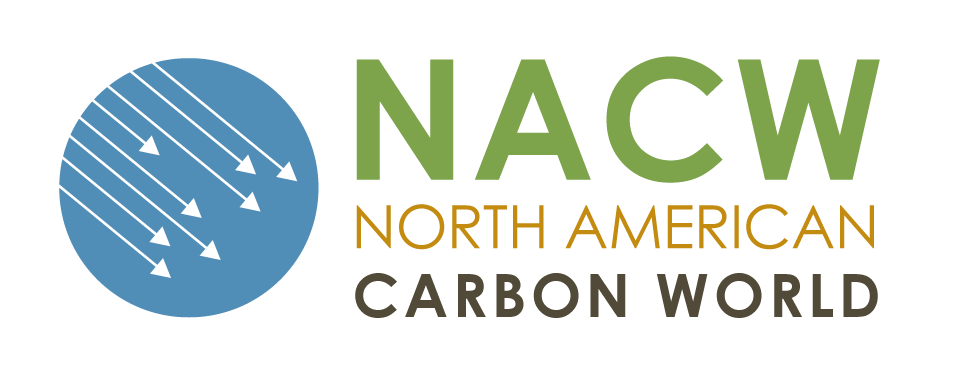Version 2.0
The Reserve revised the Mexico Landfill Protocol to expand eligibility criteria, update the quantification of GHG emission reductions, add flexibility and improve guidance in project monitoring and instrument QA/QC, allow for additional reporting period and verification cycles, and make general improvements to the usability of the protocol. The protocol was adopted by the Reserve Board of Directors in October 2022.
- Mexico Landfill Protocol Version 2.0 – for Board consideration (September 28, 2022) (English | Spanish)
Public Comment Webinar
The Reserve held a public webinar to discuss the draft Mexico Landfill Protocol in detail and to solicit public comment on August 25, 2022.
- Webinar recording
- Presentation slides (English | Spanish)
Public Comments
The Reserve did not receive any comments during the public comment period from August 15 – September 9, 2022.
Version 1.1
The Mexico Landfill Protocol Version 1.1 was finalized and made available to the public in September 2011. This protocol revision involved minor editorial changes, modified project start date definition, added option for a second project crediting period, and improvements to the quantification methodology. The revisions do not affect eligibility criteria for landfill projects in Mexico. Please see the document below for a full list of changes.
Version 1.0
- Landfill Protocol – Mexico Version 1.0 (July 1, 2009) (English | Spanish)
- Landfill Verification Protocol – Mexico Version 1.0 (July 1, 2009) (English | Spanish)
- Landfill Protocol – Mexico Version 1.0 One-Page Summary
In August 2008, Mexico’s six Border States, California, the Pacific Gas & Electric Company, and the Climate Action Reserve signed a “Memorandum of Understanding” (MOU) agreeing to work cooperatively to develop quantification and verification protocols for GHG emission reduction projects in Mexico. The MOU calls on the Reserve to develop protocols that “would ensure the integrity of emission reductions from projects in Mexico designed to reduce greenhouse gas pollutants.”
Pursuant to this MOU, the Climate Action Reserve adapted its Landfill Protocol for eligible GHG reduction projects in Mexico. The reporting and verification protocols provide a standardized approach for quantifying, monitoring, and verifying GHG reductions from landfill methane destruction projects within the Mexican states. The protocols define what types of projects are eligible to receive credits, describe how to quantify emission reductions, and describe how to monitor and verify projects so that project emission reductions can be verified by the Reserve. The protocols were adopted by the Reserve Board in July 2009.
Adaptation Process
The protocol adaptation process involved relevant sector-specific stakeholders in Mexico who addressed issues such as:
- Regulatory requirements for landfills operations in Mexico
- Identifying common practices that affect methane emissions
- Adapting equations and emission factors for GHG emissions in Mexico
- Adjusting project monitoring and verification activities
Public Comments
The Reserve received three sets of public comments, provided below, on the Mexico Landfill Protocol. The public comments received informed final revisions to the protocols.
The following document contains a summary of public comments and responses:
Workgroup Participants
Throughout the protocol adaptation and development process, the Reserve worked with relevant stakeholders in Mexico with experience in the landfill sector. Below are the organizations who were engaged in the Mexico Landfill Protocol Version 1.0 adaptation process.
| Cappy Mex | Municipio de Chihuahua |
| Comisión de Cooperación Ecológica Fronteriza (COCEF) | Municipio de Nogales |
| Comisión de Estudios del Sector Privado para el Desarrollo Sustentable | Municipio de Nuevo Laredo |
| (CESPEDES) (BCSD-México) – Programa GEI México | PASA |
| Consulting Pechan | PROACTIVA |
| CYSTE | Secretaría de Desarrollo Social (SEDESOL) |
| Ecosecurities | SEISA |
| Estado de Chihuahua | Secretaría de Medio Ambiente y Recursos Naturales (SEMARNAT) |
| Estado de Coahuila | SEMARNAT – Programa GEI México |
| Estado de Nuevo Leon | SIMEPRODE |
| Estado de Sonora | Sistemas de Ingeniería y Control Ambiental |
| ETEISA | TECMED |
| Instituto de Investigaciones Eléctricas (IIE) | U.S. EPA M2M (Methane to Markets) |
| Instituto Nacional de Ecología (INE-SEMARNAT) | Universidad Autonoma Baja California |




